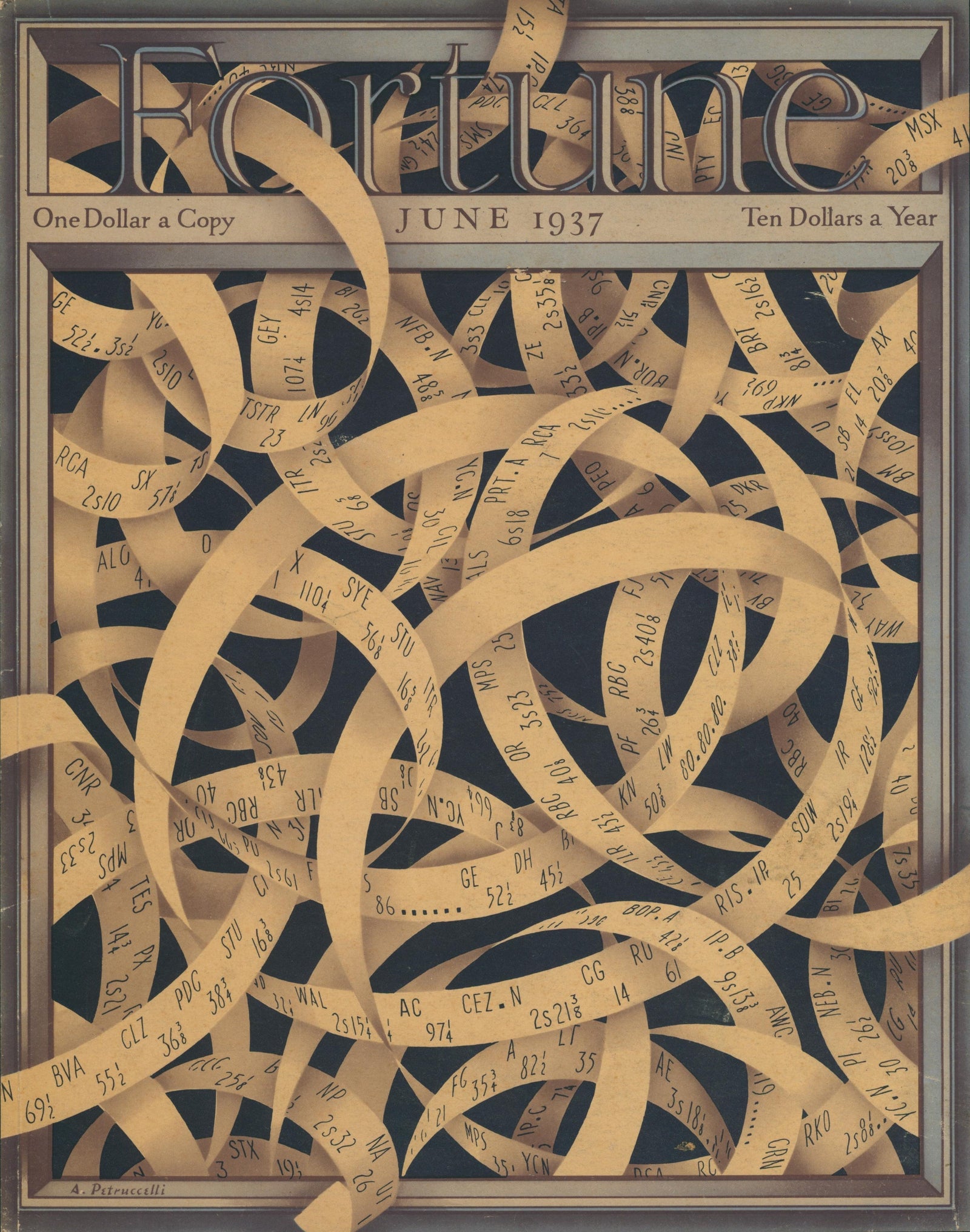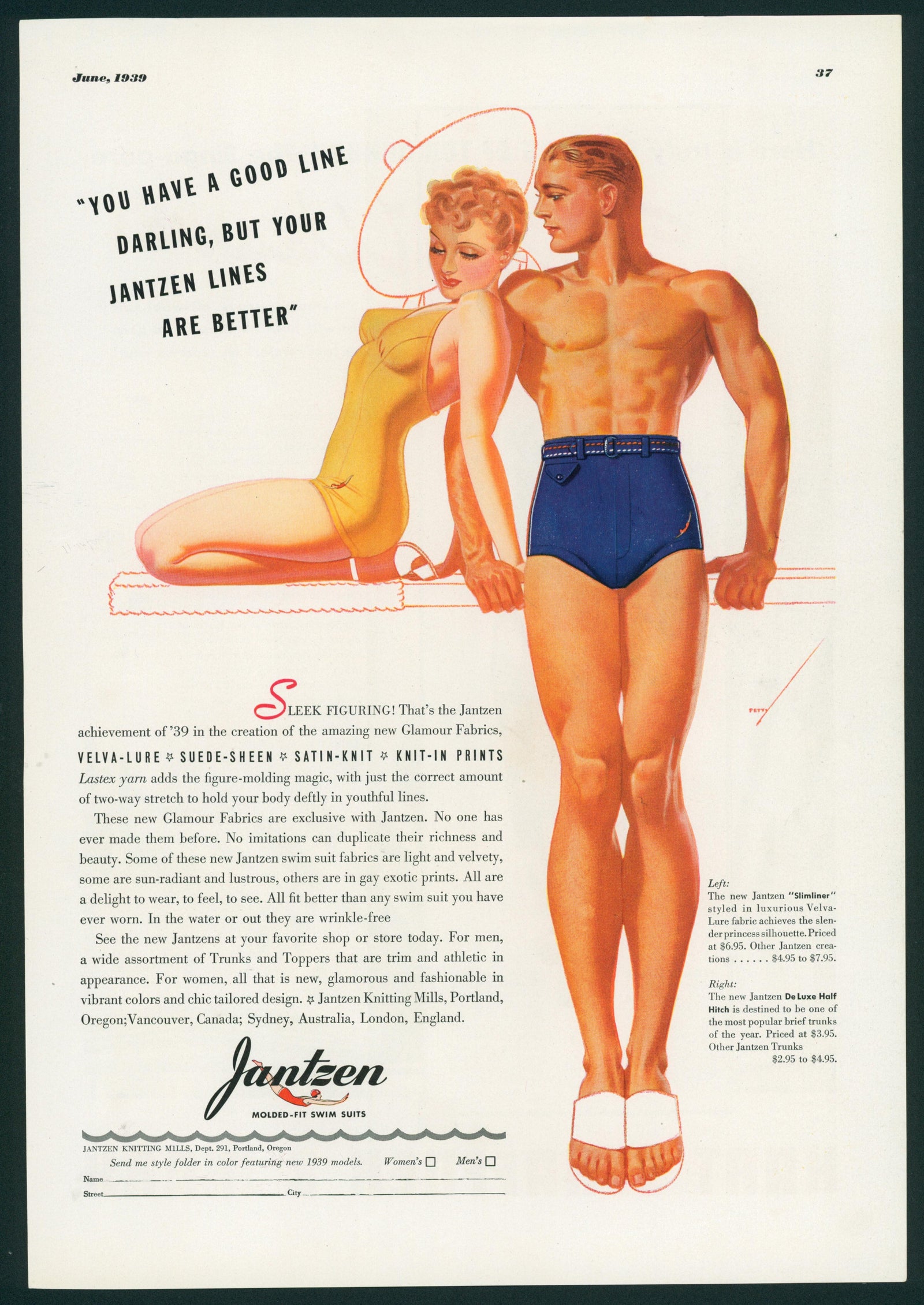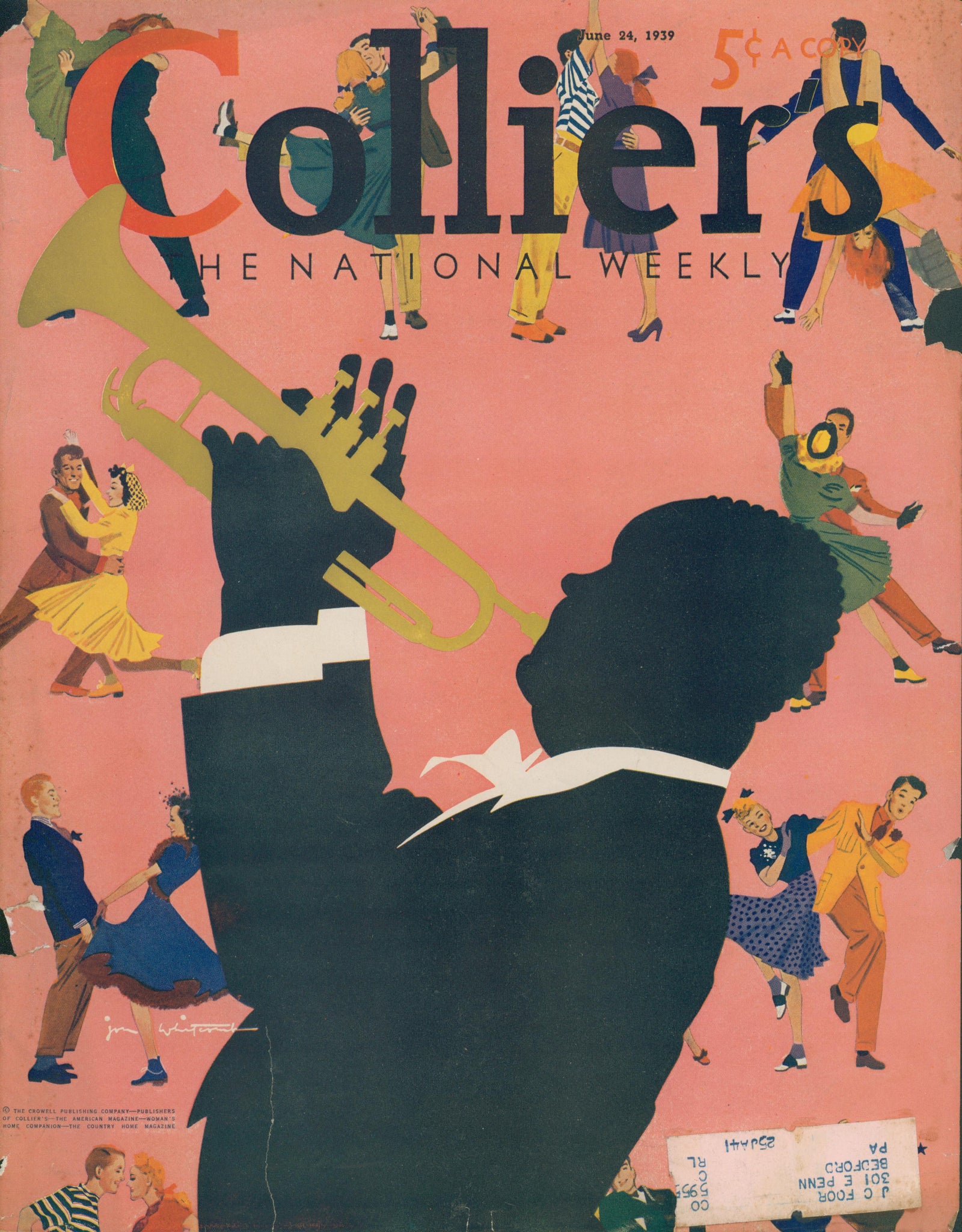We often encounter the question, "what is an 'original' poster?" It's a question worth exploring, as at first glance, one might think that all posters are mere copies. However, when it comes to the realm of vintage posters, there are significant distinctions between an original and a reproduction. Understanding these differences sheds light on why original vintage posters are both rare and highly prized today.
To begin with, let's clarify the notion of a reproduction. A reproduction involves creating a photographic copy of an original print or poster and reproducing the image. The size of the reproduction can be similar to the original, smaller, or even larger. It serves as a means of replicating the original artwork but lacks the defining characteristics that set an original apart. Reproductions serve their purpose in preserving and sharing the artwork but lack the authenticity and historical significance of an original vintage poster.
On the other hand, an original vintage poster possesses specific features that distinguish it from a reproduction. First, an original is a unique and authentic piece of artwork created during a specific historical period. Unlike modern reproductions or contemporary prints, original vintage posters were produced close to the time of the events or promotions they depict, making them valuable artifacts of the past. A crucial aspect of an original print is its direct connection to the artist's hand-made printing block or plate, which serves as the direct source of the image. Various printing techniques facilitate this direct transfer of the artist's vision onto paper, such as etching on stone or metal plates, woodblock printing, or other ink-to-paper methods.
The heart and soul of originality in vintage posters lie in the conceptualization, crafting, and printing of the graphic image. Each print is meticulously crafted with skill and dedication, involving the laborious preparation of the printing block or plate, which is integral to the creation of an authentic vintage poster. These printing techniques very often resulted in rich, deep images that just can't be duplicated in modern offset printing, and certainly not in a photographic reproduction.

Limestone printing block
Furthermore, limited quantities are a hallmark of original vintage posters. In the past, printing processes were time-consuming and demanded considerable effort, resulting in small print runs. These limited editions contribute to the scarcity and value of vintage posters, making each piece a coveted collector's item.
Of course, we can't ignore the importance of historical significance. Original vintage posters capture the essence of a particular era, serving as visual representations of the cultural, social, and political contexts of their time. They offer insights into the prevailing aesthetics, design trends, and communication techniques of the past. Think about the iconic "I Want You!" poster featuring Uncle Sam, symbolizing the recruitment for the war effort in the United States, or the "Poor Peoples Campaign" poster used to promote the March on Washington, organized by Martin Luther King Jr., just weeks before his tragic assassination. Both are cemented in our history as important icons of the era. 
An intriguing aspect, if not a defining characteristic, is the artist's focus on the concept and creation of the images rather than an emphasis on mass production and marketing, especially in the design of early vintage posters. Master artists and graphic designers of their time were often commissioned to participate in the "new media" of the day. This artistic dedication adds to the overall originality and artistic value of vintage posters, and continue to resonate with audiences today.
In conclusion, delving into the distinction between an original vintage poster and a reproduction reveals the rich tapestry of history and artistry intertwined within these unique pieces. While reproductions serve their purpose as transitional, decorative artwork, it is the original vintage posters that hold a special allure.












